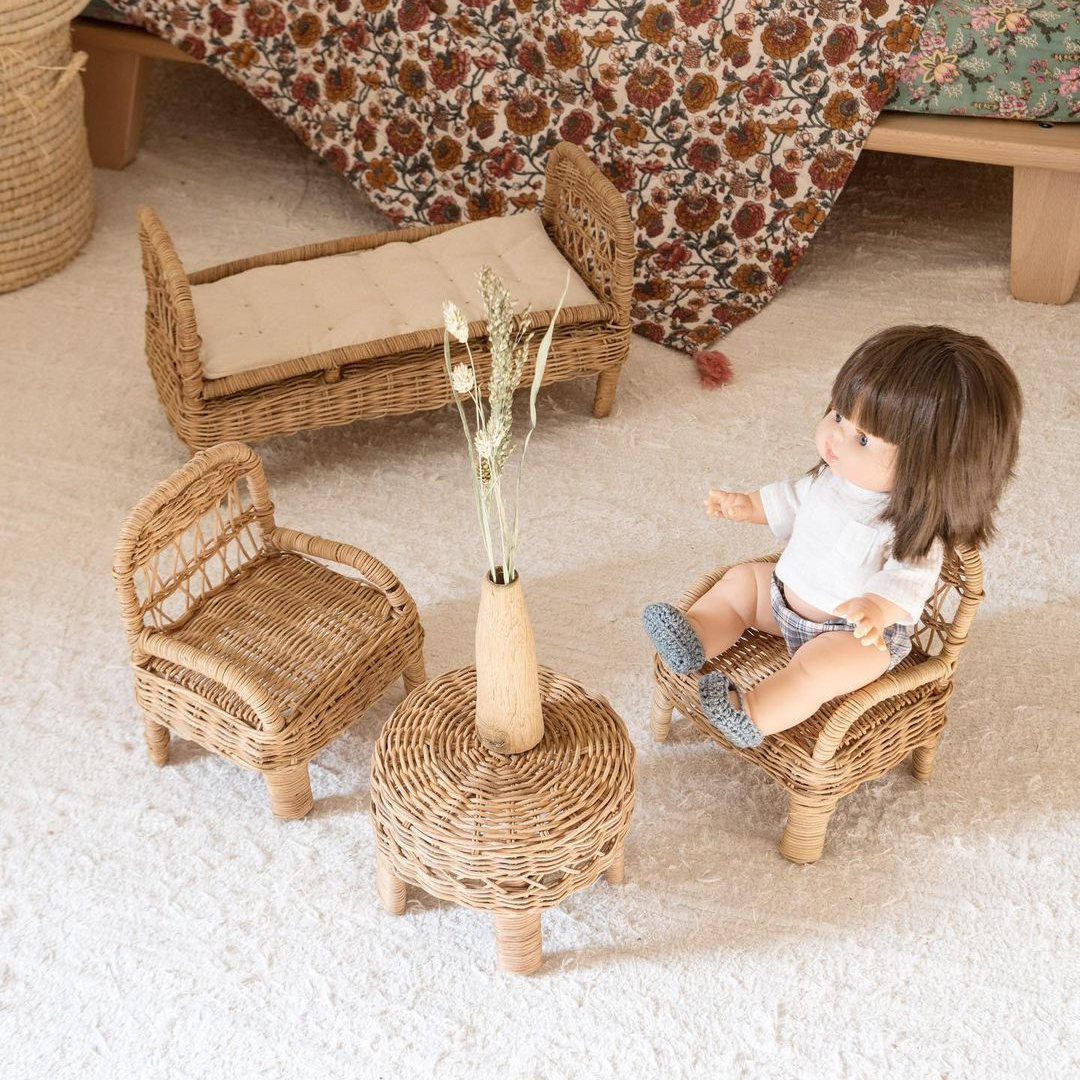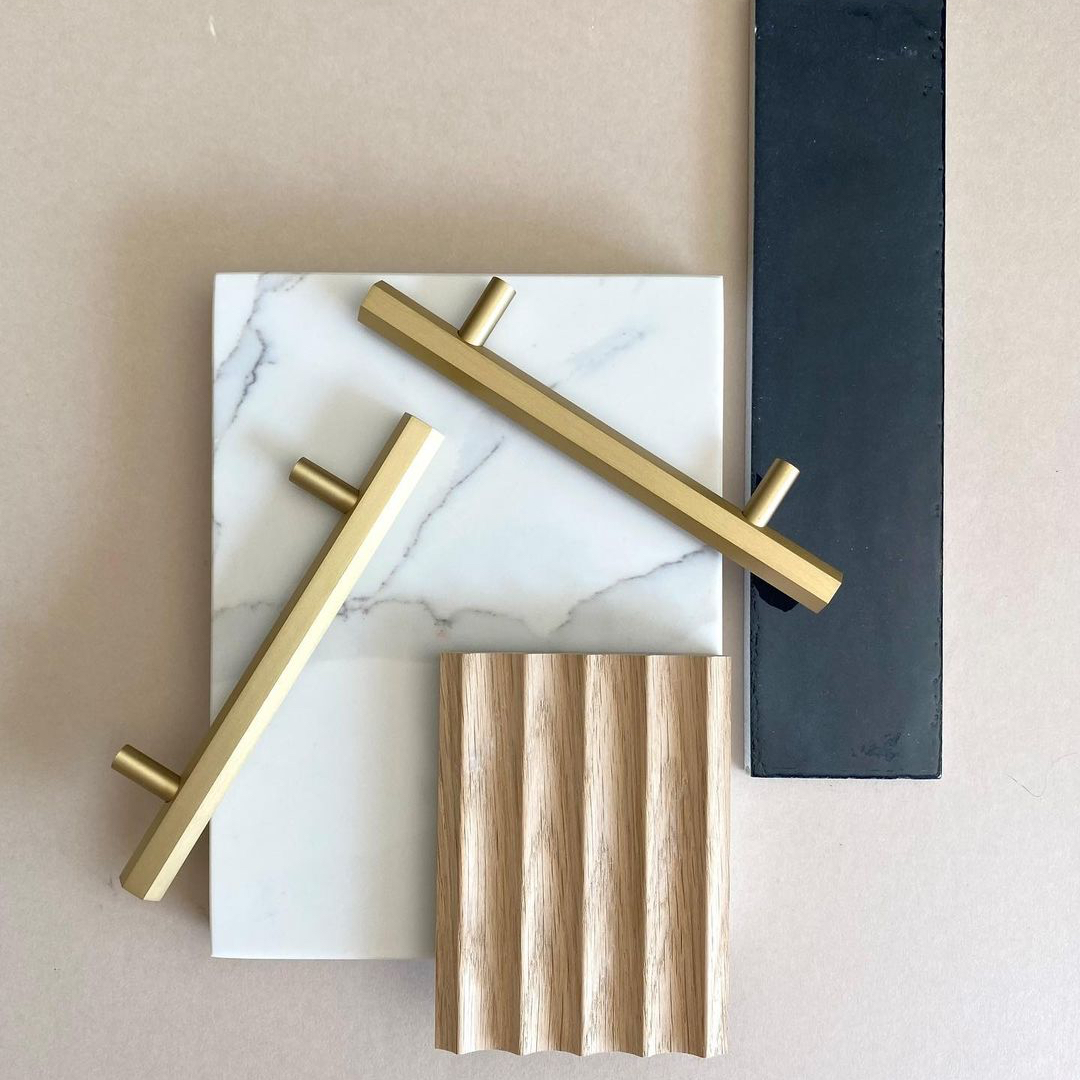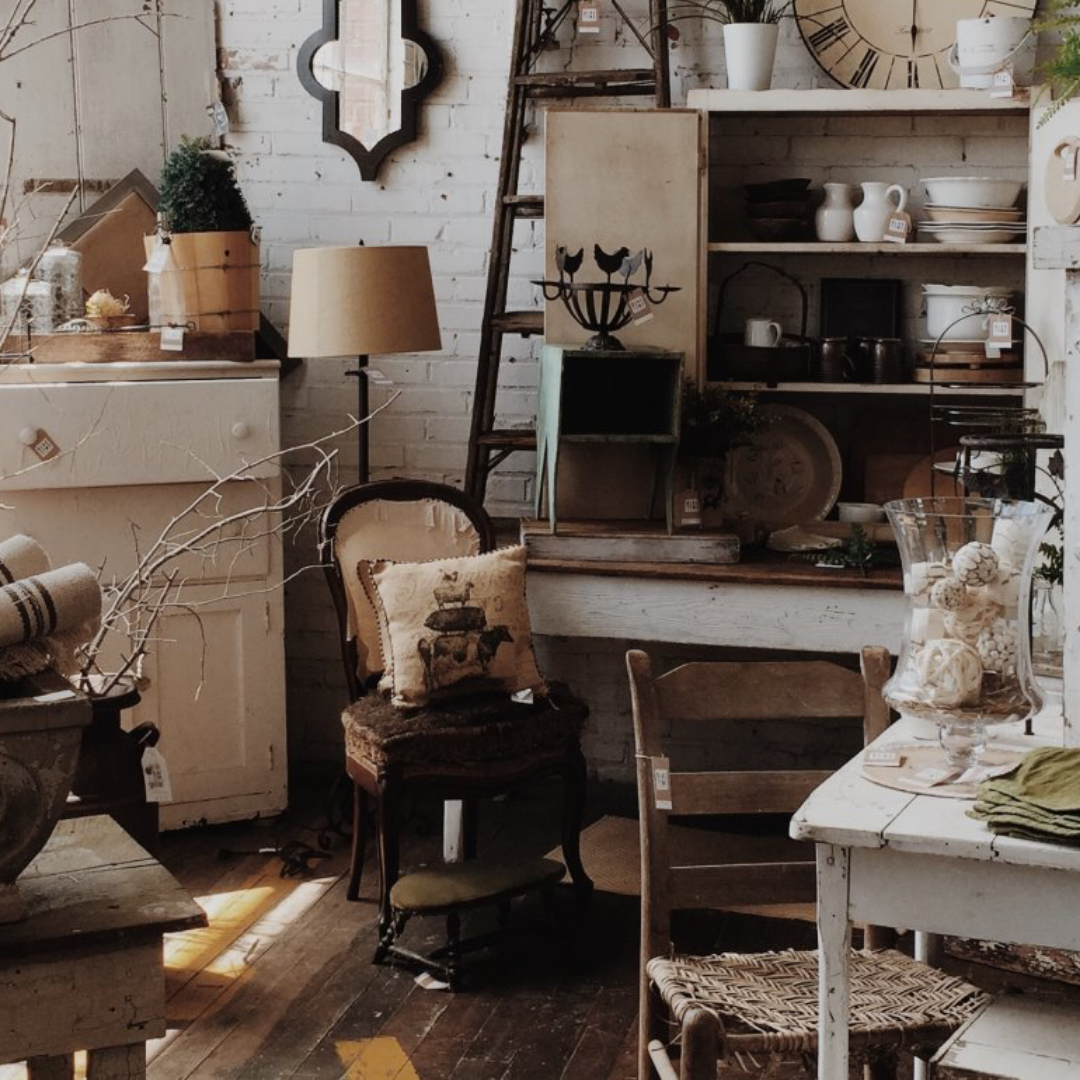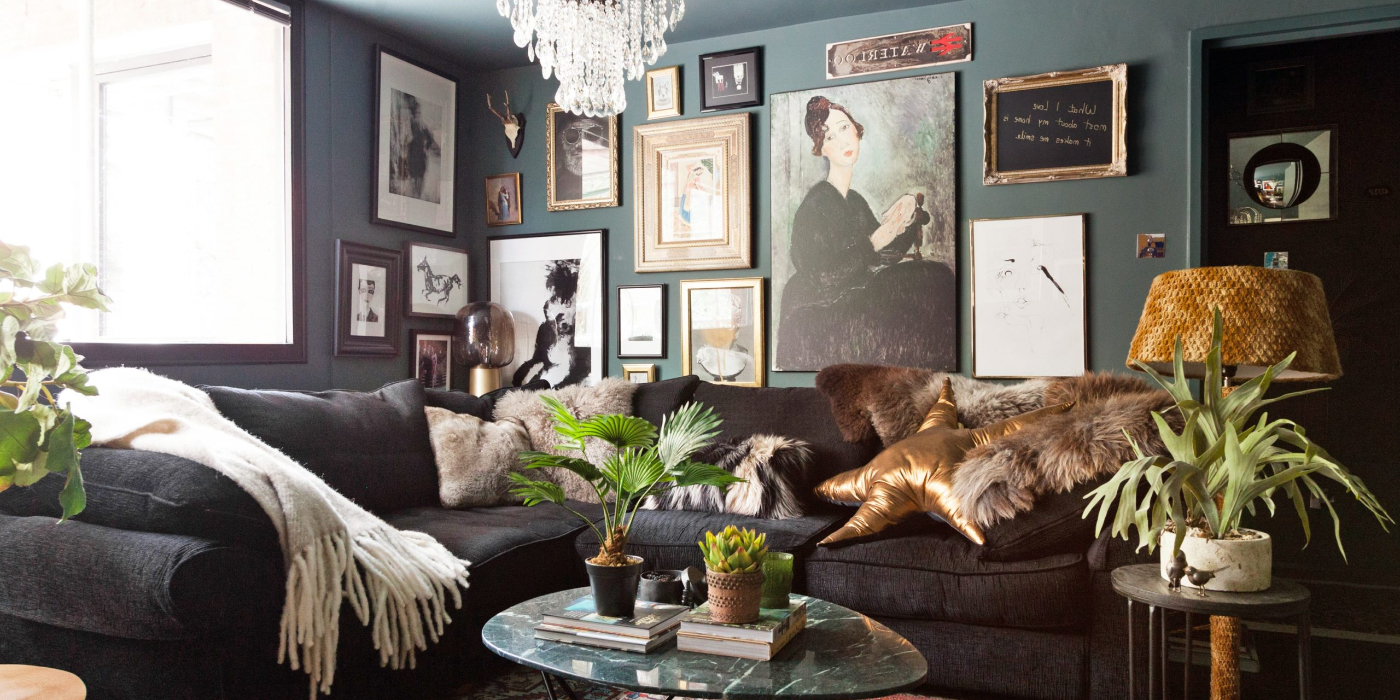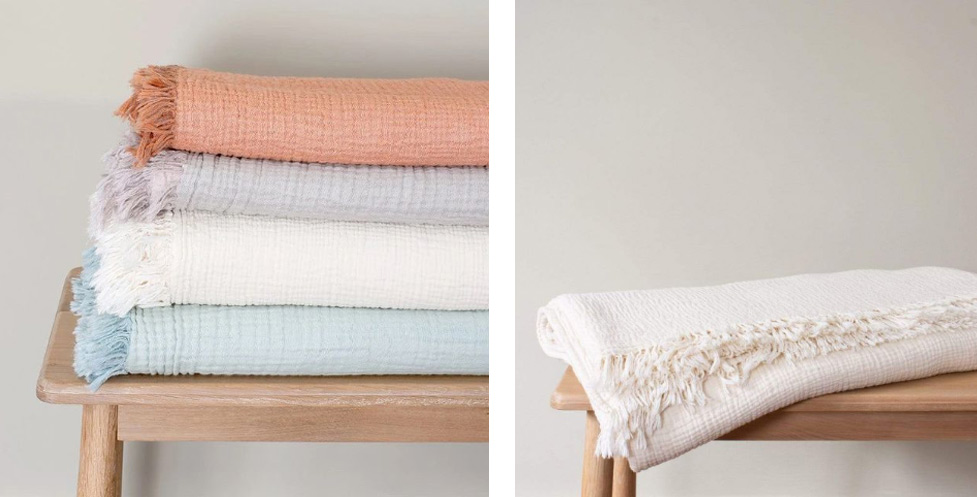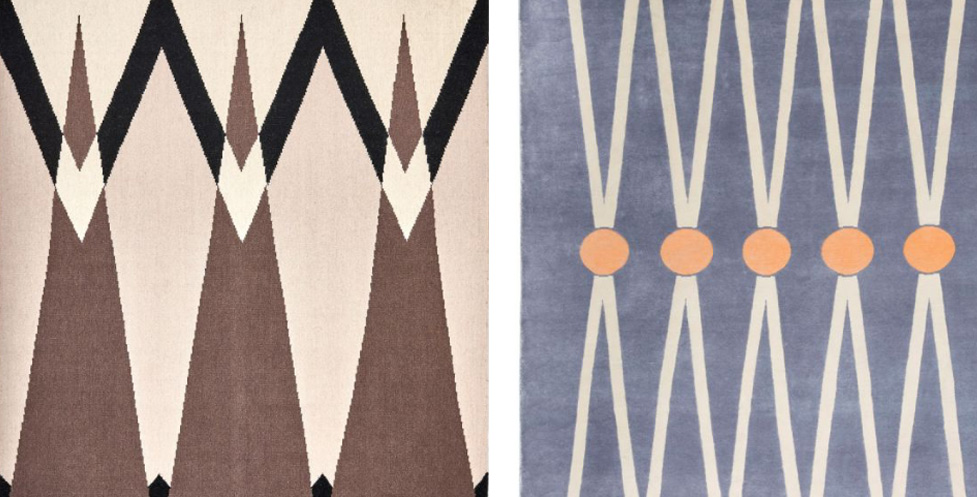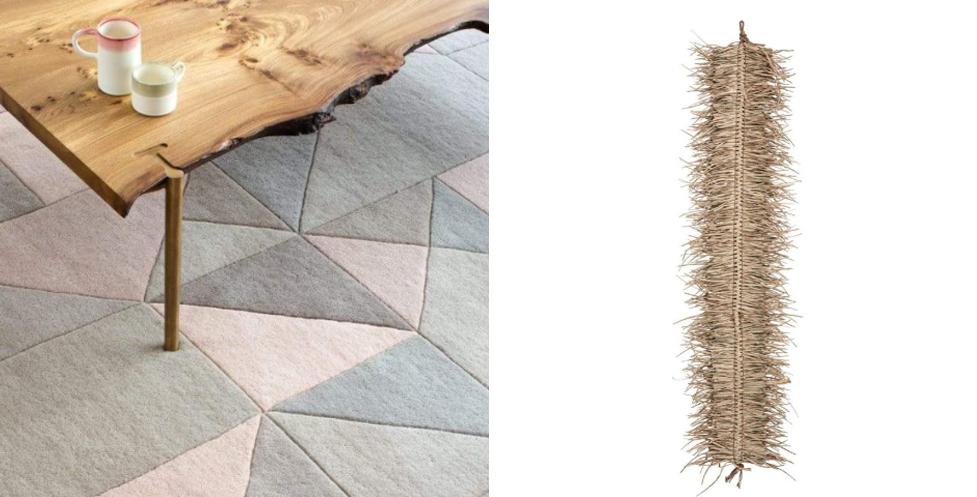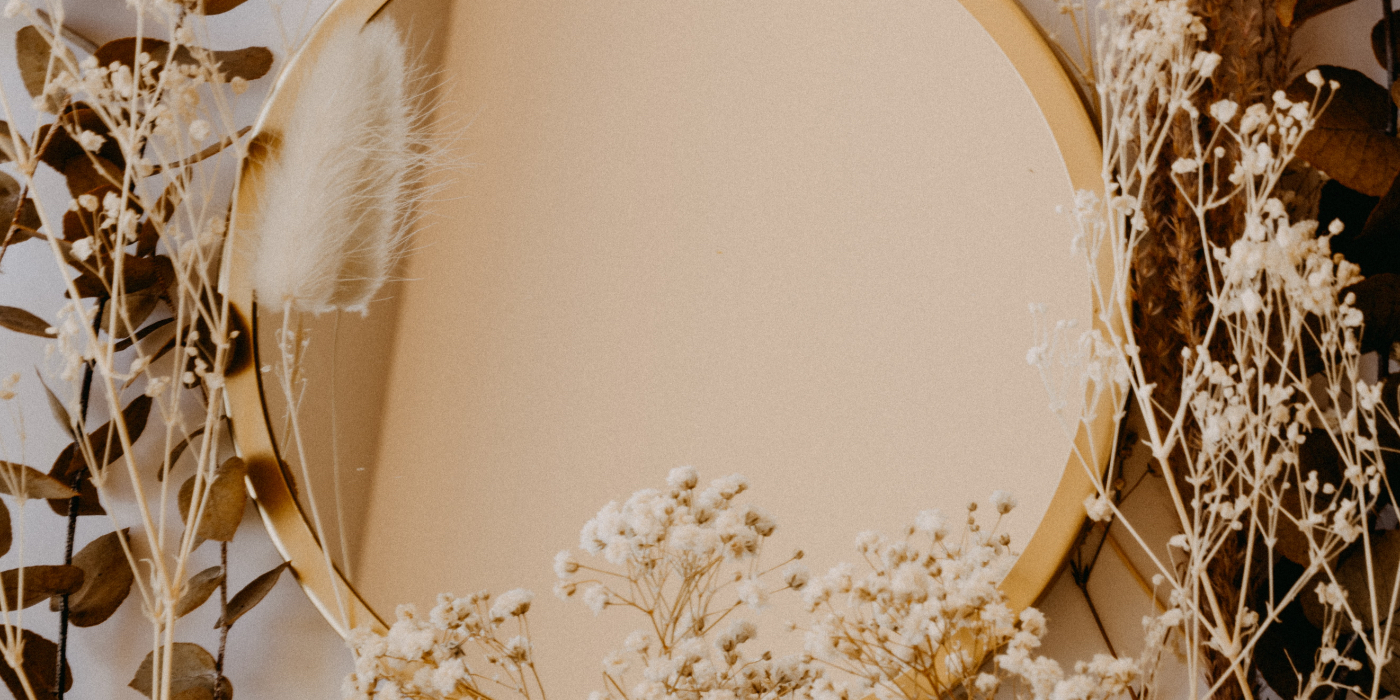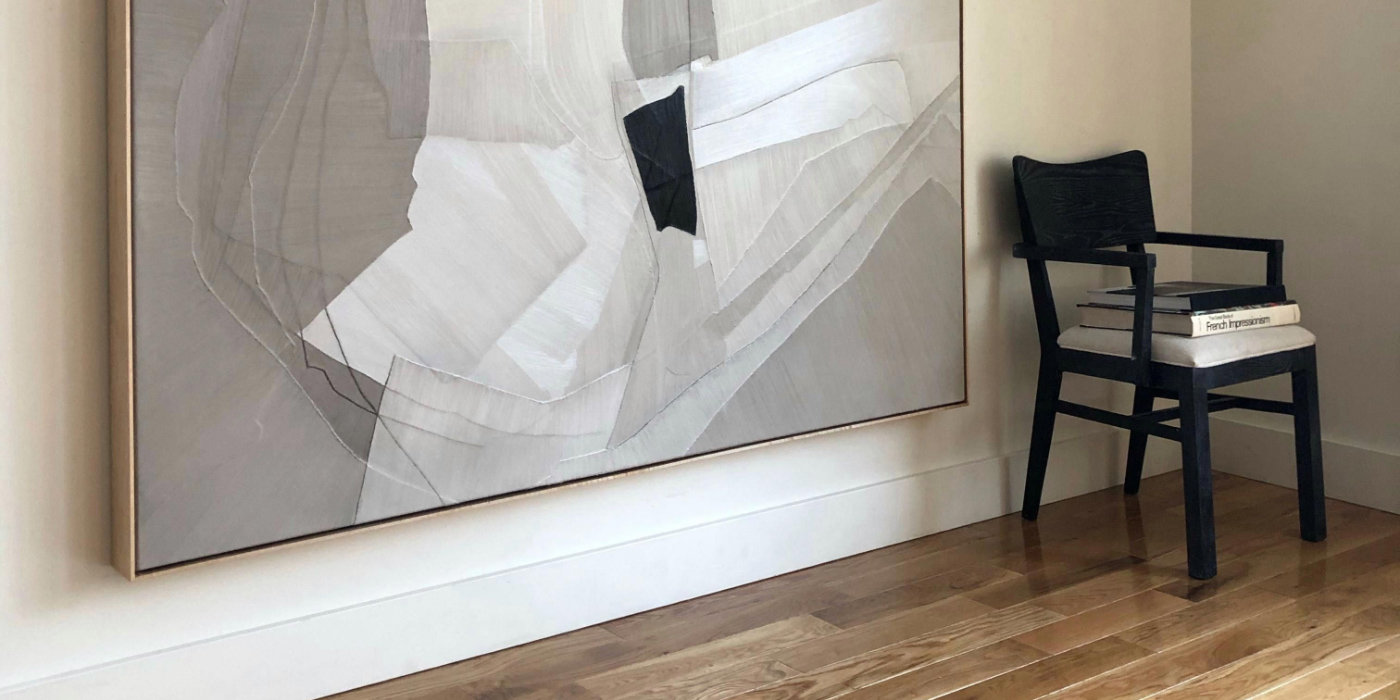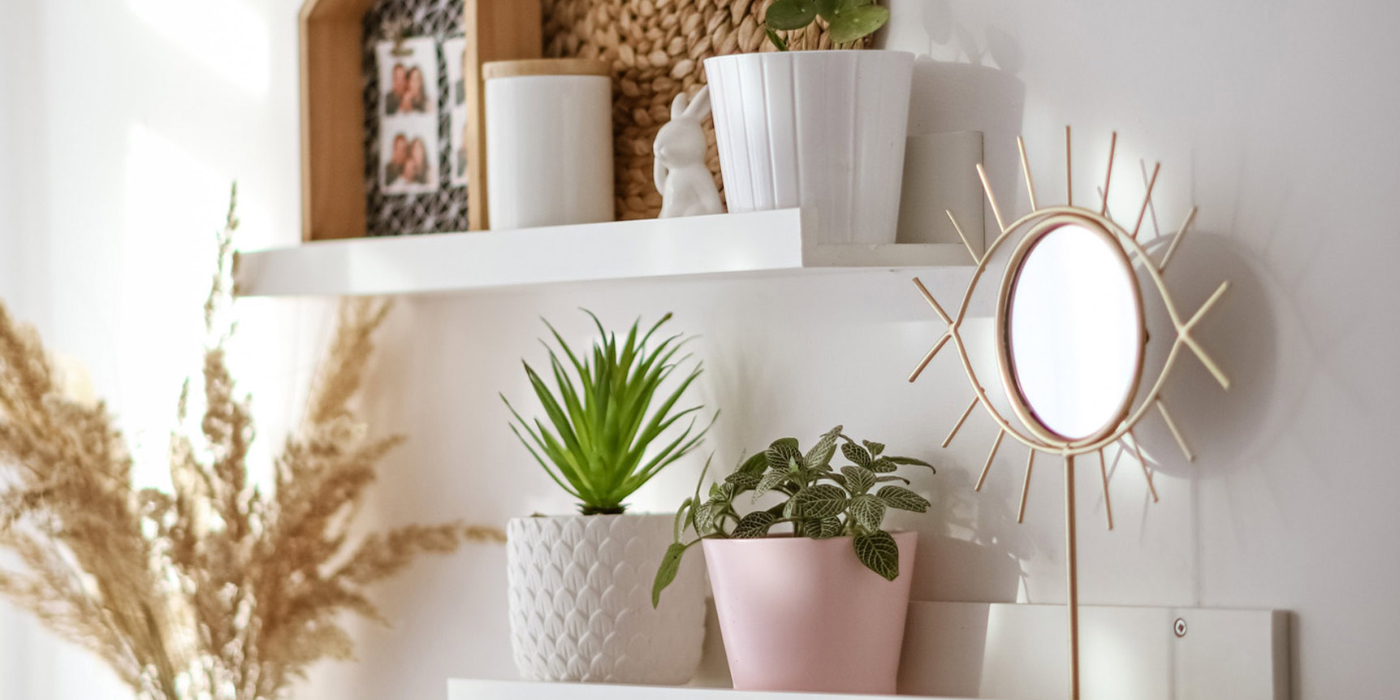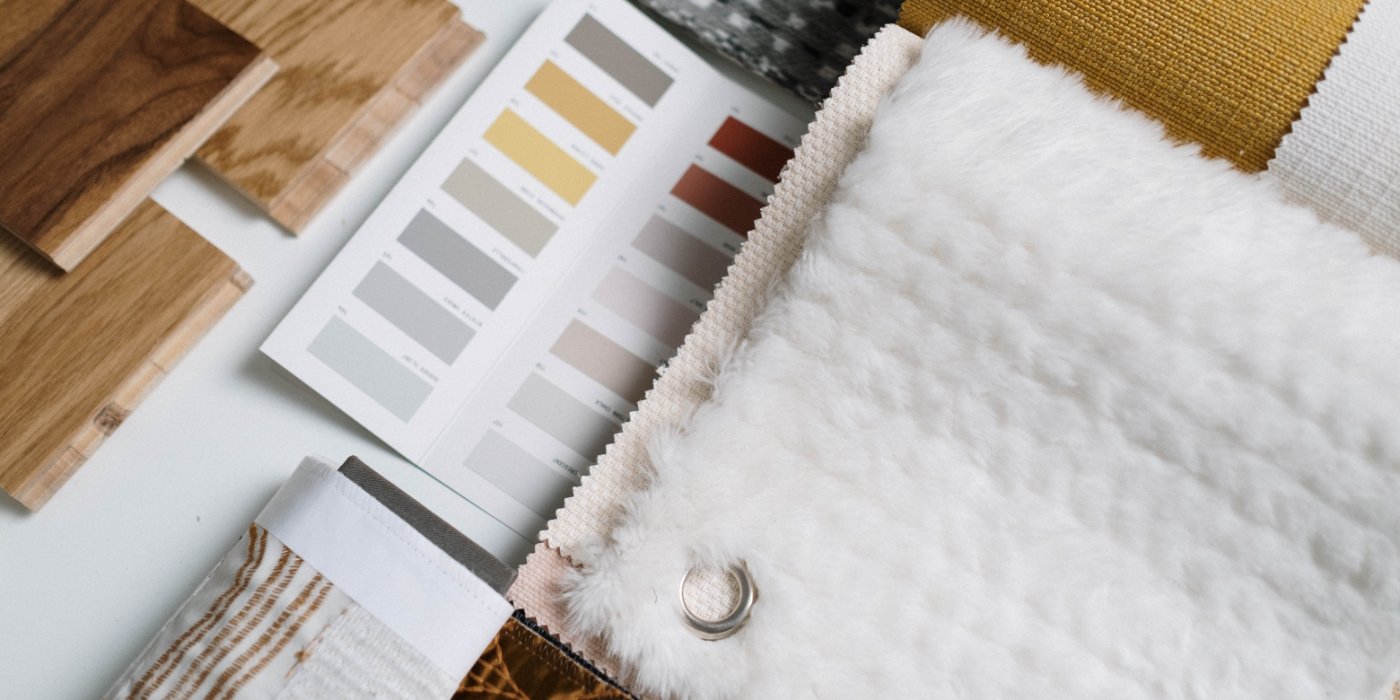How to use Texture in Interior Design
Texture is the sensation produced by how things feel through our senses. Although you may think that this refers to a tactile effect, it’s also a visual effect. Texture can set the tone and weight of a room, just like colour can dictate the warmth or coolness of a room. Both are important aspects for successful interior design.
Using texture correctly goes far beyond mixing materials. Elements such as light or layering are some of the ways to use textures in interior design. Texture is often underestimated, so here we will cover some basic ways in which you can bring texture into your home.
Why is texture important in interior design?
Textures must create contrast with each other. Contrast is everything in art and design. Without it, you may as well leave the room or canvas blank. For example, there is a strong contrast when you place a vivid red next to a dull green, or a rough texture next to a smooth texture, or a hard edge next to a soft edge, and so on.
Putting two contrasting textures together adds visual weight to a space, meaning that components of your curation will be able to draw the eye more easily. This works best when two contrasting textures — rough and smooth — are used in close proximity to each other. This will create the strongest impact.
Contrast is the secret ingredient that gives those memorable spaces their impact. When used correctly, this fundamental design principle can be the winning component for a successful visual interest to your interiors.

Textiles
What’s the easiest way to add texture to a room? Textiles – scatter cushions, throws and window dressings add instant impact. But there are many more elements that involve some use of fabric, from curtains and bed linen to sofa upholstery. Consider the different types of fabric available, velvet, silk, suede, cotton, linen... Each comes with its own feel and look. Try mixing different textiles to achieve an interesting contrast.
We love these soft textures from Claire Gaudion. Her ranges are inspired by nature and made using a responsible work ethic engaging skilled artisan weavers and rug makers who are 'Care & Fair' endorsed in a collaboration with Momo Rugs.
Walls, floors and windows
If you want to give your home texture through fabrics, don’t limit yourself exclusively to rugs or cushions. All the surfaces of the room must participate in the texture game. This includes curtains, walls, carpets, upholstery, and floors.
Coloured or textured, a carpet is an easy way to add texture to your home interior. Floor coverings, such as Cecilia Setterdahl's paintings-turned-carpets, are key contributors to the overall ambience of a room.
Bold geometric shapes using New Zealand or Afghan wool and are either hand-knotted, hand-tufted or crafted on a hand-loom. Her rugs and carpets carry different themes - from The Garden collection to the Freedom collection, there is something that could bring a contemporary handmade feel into any home.
Accessories
The finishing touches you add to a space are a great way to introduce interesting textures in interior design, such as displaying a basket of dried flowers, placing minimal contemporary vases or bowls on a restored vintage table, or adding wall art using photos or prints with contrasting frames.
Vases, bowls, throws and cushions are simple but effective for creating texture.
Check out the contemporary, exquisite cushions by Jan Constantine, who is known for her bold and bright creations and hand-embroidered designs.
Texture is all around us in every object and with a little savoir-faire, it is possible to add this decoration aspect into our interiors.
